(7760 products available)






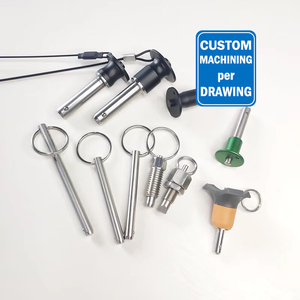


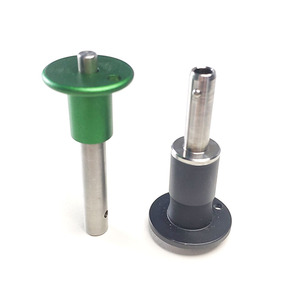
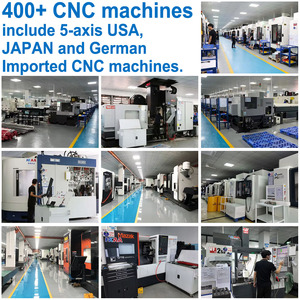









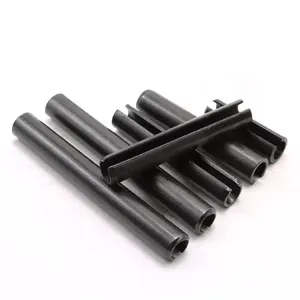



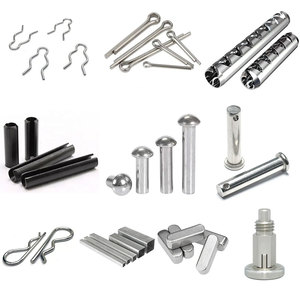















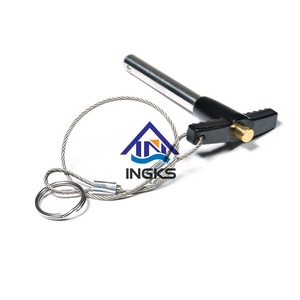


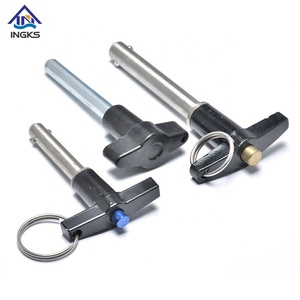















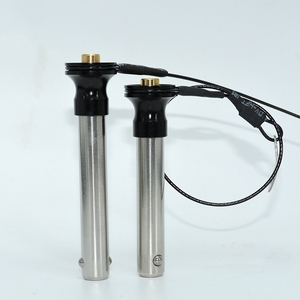





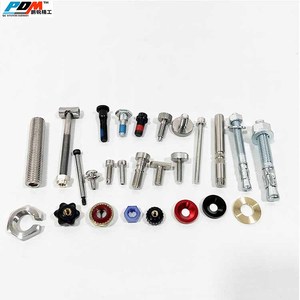
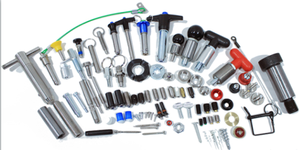


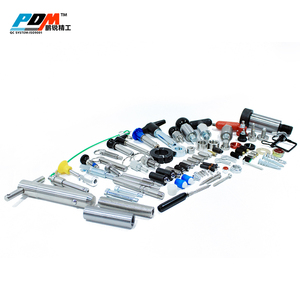
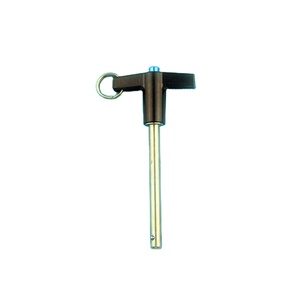
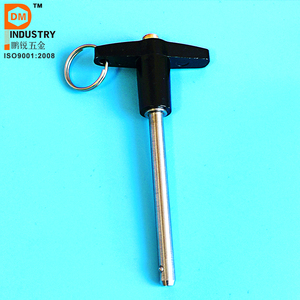



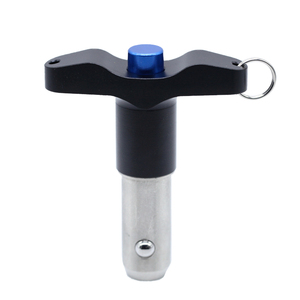

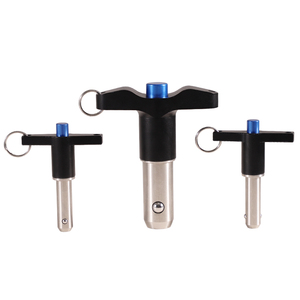

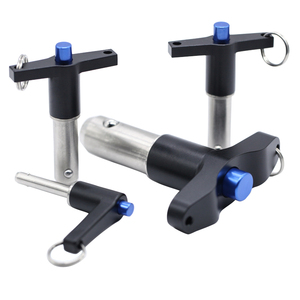





















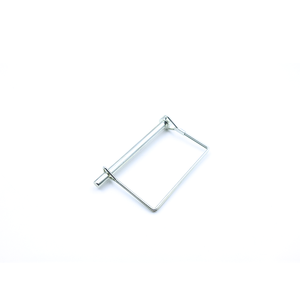
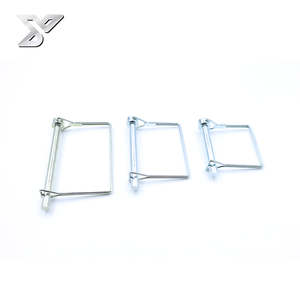
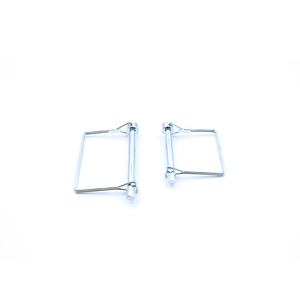



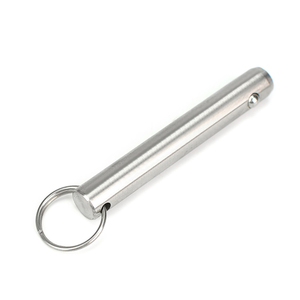




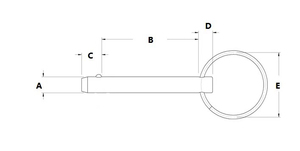






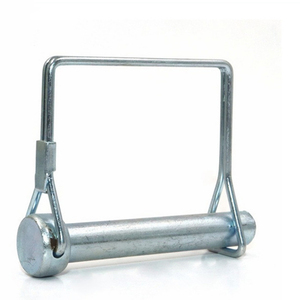


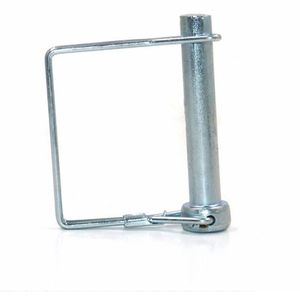














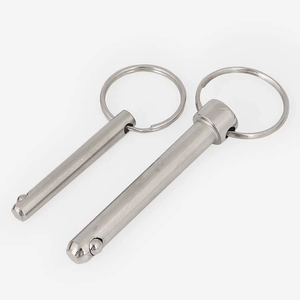

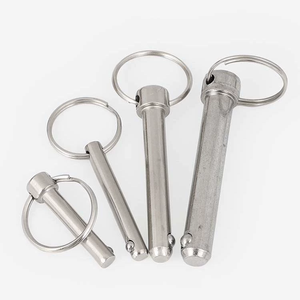

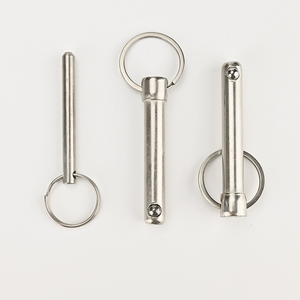
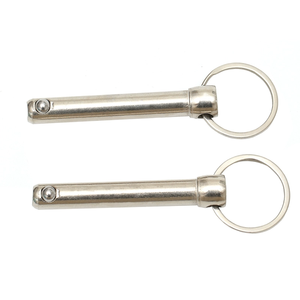











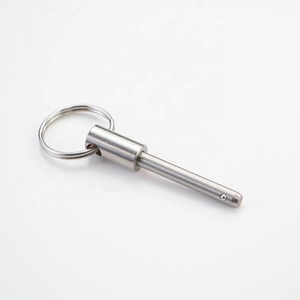
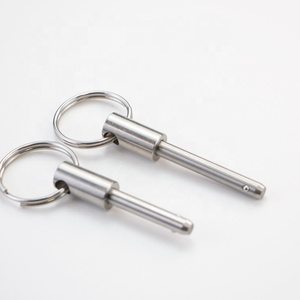

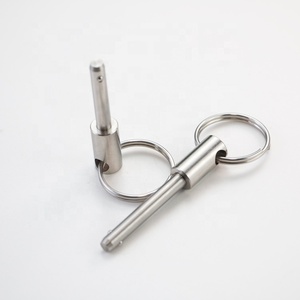
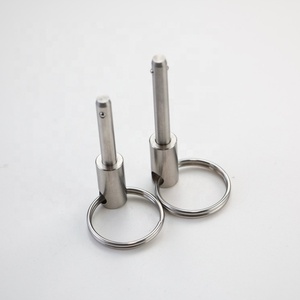










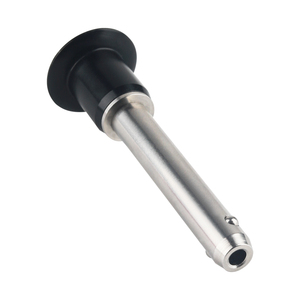




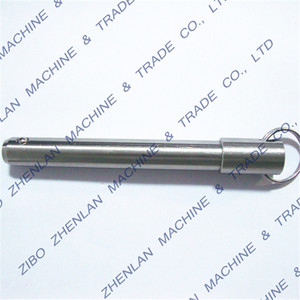

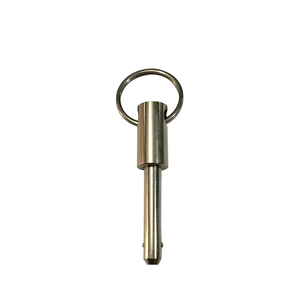
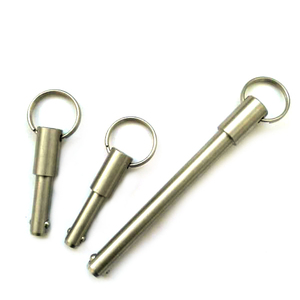














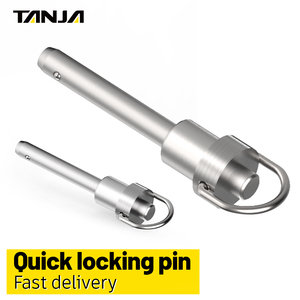
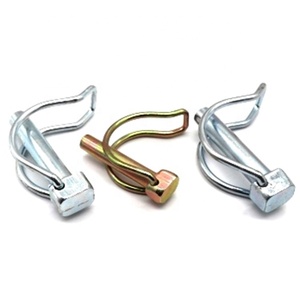
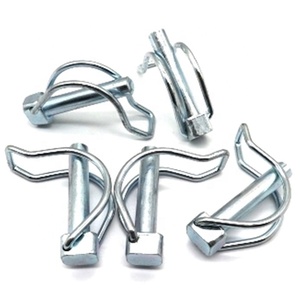
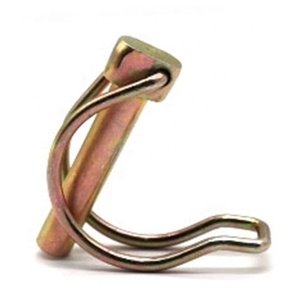

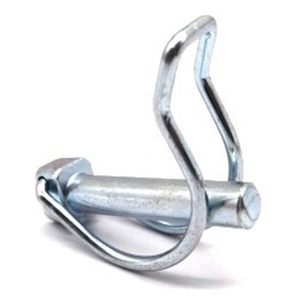











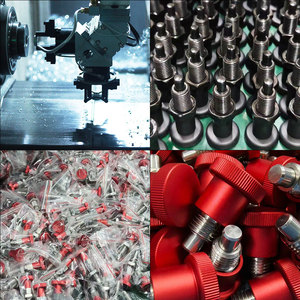

Quick lock pins, widely known as locking pin fasteners, provide an easy way to lock and unlock. Complex locking pins are unnecessary; these pins can have more than one locking pin hole, and the more simple locking pins are used for structural purposes.
Hitch Lock Pins
Locking hitch pins help keep the hitch in place, especially in trailers. It ensures nothing moves where it should not be and is often used in trucks, trailers, and other vehicles for towing. They are easy to use because one side has a pin that goes through the hitch hole, while the other side has a pin that secures it in place.
Axle Locking Pins
Axle locking pins secure the wheels on an axle to stop them from moving or coming off. They are mostly used in machines like tractors, construction vehicles, and industrial equipment, where the wheels have to be very safe and stable under heavy loads. The locking pins keep the axle and wheels locked in the right position so that users do not have to worry about their wheels loosening up during any task.
Dowel Lock Pins
Dowel locking pins are used to secure two or more things together in the right alignment, so nothing shifts or comes apart. They are commonly used in machinery, including manufacturing equipment, where different parts must remain precisely aligned for the machine to work correctly.
Pallet Lock Pins
The pallet locking pins keep the pallets stacked and stable, preventing the boxes and goods on the pallet from moving or toppling during shipping and storage. They secure the corners of the pallet, making them essential in warehouses, transportation, and storage facilities.
Locking Pin Clamps
Locking pin clamps use locking pins to fasten two pieces together while allowing quick release when needed. They are widely used in manufacturing and assembly lines where parts must be held securely in place while also providing the ability to remove the clamp quickly to promote efficiency during production. This makes them very helpful in dynamic environments that need both security and speed in workflows.
Stainless Steel
Stainless steel is the most common material of quick lock pins due to its excellent strength and resistance to rust and corrosion. This makes them ideal for both indoor and outdoor use, as well as in harsh environments. Stainless steel locking pin is durable, has a long lifespan, and can withstand heavy loads. Therefore, it is preferred in construction, transportation, and heavy machinery industries.
Carbon Steel
Carbon steel cannot resist as much corrosion as stainless steel, but it is very strong and tough, often used where high strength is required, and the risk of rusting is minimal. Durability increases when carbon locking pins are coated with防锈户外. It welds well, making it ideal for lighter industrial applications.
Aluminum
Although not as strong as stainless and carbon steel, aluminium lock pins are lightweight and do not take as long to rust as carbon steel when used in nonmarine applications. Sometimes anodized to provide extra protection, aluminium locking pins are used in aerospace, automotive, and electronic industries, focusing on lightweight designs without sacrificing too much strength.
Spring Steel
Spring steel locking pins have high elasticity and are able to return to their original shape after deformation. The materials are highly durable and can withstand fatigue over long periods of use. Because of this property, spring steel locking pins are frequently found in suspension systems, machinery, and other dynamic applications with continuous movement or loading.
Brass
Quick locking pins are very tough and corrosion-resistant when made from brass, which makes them fit for marine environments and other wet, corrosive conditions. It does not rust over time like carbon steel, and quick locking pins have a long lifespan and good resistance to both salt and fresh water. They are commonly found on ships, boats, and coastal construction equipment.
Automotive Industry
OEM and then use these locking pins in strategic areas of assembled products to reduce the need for hand tools in vehicle repairs and enhance safety by minimizing the risk of components coming loose while driving. Aftermarket businesses also buy quick lock pins in bulk and then sell them to DIY customers in hopes of easy self-fixes.
Aerospace
To replace threaded fasteners, aircraft manufacturers use quick-lock pins in their production to speed up the assembly process and weight reduction. These locking pins help ensure components remain securely fastened during flight and, therefore, vital for safety.
Construction
Locking pins quickly secure and eliminate the need for re-tightening in scaffoldings, temporary structures, and rigging equipment in the construction industry. Workers can safety and efficiency lock and unlock equipment parts with ease without using hitches or other complex tools.
Manufacturing
In production lines where equipment part position needs frequent change, locking pins secure machine components and quick access to locked areas for maintenance. Manufacturing plants purchase locking pins in bulk, usually part of the production process in equipment used to create products.
Maintenance and Repair Operations
Locked pin tools secure parts in vehicles and mechanical systems for easy maintenance in the mechanical repair industry. In maintenance depots, quick lock pins are commonly used to keep systems easily and safely disassembled for routine checks or part replacement.
When purchasing locking pin hardware, certain factors should be considered.
Material
The locking pin should be of a material that fits the specific use. Customers choose stainless steel quick-lock pins for tough outdoor or industrial conditions requiring high strength and corrosion resistance. Carbon steel locking pins work well in low-corrosion but load-bearing environments. Aluminium quick locking pins serve automotive and aerospace customers, focusing on lightweight but tough materials. Quick locking pins, often of brass, are corrosion-resistant for marine applications.
Size and Fit
Choose a locking pin in the right size for the pinned parts' holes and alignment. Customers look for locking pins with diameters that fit the customers' needs and are available in several lengths to accommodate differing spacing between parts for proper load distribution. Select quick lock pins with the required locking mechanisms, such as safety catches, clips, or threads, based on applications requiring additional security.
Corrosion Resistance
Locking pins should have proper surface treatment for durability. Customers searching for quick-lock pins to use in hostile environments like chemical plants or offshore installations prefer pins with protective coatings like cadmium plating or zinc/black oxide coating. These materials serve as additional corrosion and wear resistance.
Load Capacity
Ensure the locking pin has the required shear strength or load-bearing capacity for the intended application signals, such as holding structures, fastening equipment, or securing wheels. Customers do not compromise safety by oversizing. They consult an engineer for any questions.
Ease of Use
Depending on the application, selecting single-acting, double-acting, or spring-assisted locking pins based on lock release/pulling time is important. Industries such as automotive or military, where time efficiency is key, prefer pins tagged 'quick release' or 'fast access.' Those in low-volume use prefer locking pins without a special locking mechanism, which are easier to fasten/unfasten.
A1: Quick lock pins secure two objects together, allowing for fast attachment and detachment, often used in machinery or construction.
A2: A quick lock pin works by inserting the pin through aligned holes and sliding a locking mechanism over it to secure the pin in place.
A3: Quick-lock pins are usually made of durable metals like stainless steel, aluminium, or carbon steel to ensure strength and resist wear.
A4: Stainless steel quick lock pins are chosen for their corrosion resistance, strength, and durability, especially in outdoor or marine environments.
A5: Custom pin locks are for clients based on their requirements, like length, diameter, and specific locking mechanisms or coatings needed.